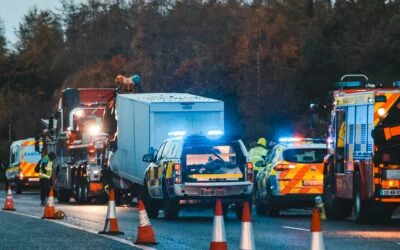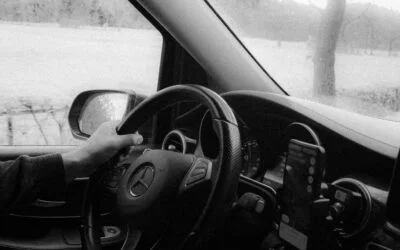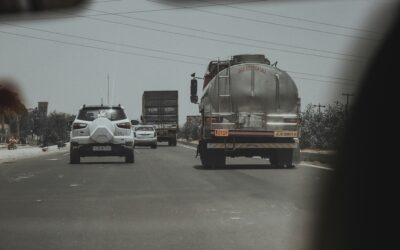The advent of autonomous vehicles (AVs) represents a seismic shift in transportation, promising enhanced safety and efficiency. However, as these vehicles become more prevalent, they introduce complex challenges in determining liability when accidents occur. For personal injury law firms like Gunn Law Group, understanding the evolving legal landscape surrounding AVs is crucial to effectively represent clients involved in such incidents.
Understanding Autonomous Vehicle Technology
Autonomous vehicles operate using advanced systems that integrate sensors, cameras, radar, and artificial intelligence to navigate and make driving decisions without human intervention. The Society of Automotive Engineers (SAE) categorizes AV technology into six levels, ranging from Level 0 (no automation) to Level 5 (full automation). As vehicles progress toward higher levels of autonomy, the role of the human driver diminishes, raising pertinent questions about responsibility and control.
Current Legal Framework and Challenges
Traditional personal injury claims rely on establishing negligence, typically focusing on driver error. With AVs, liability determination becomes more intricate, involving multiple potential parties:
• Vehicle Manufacturers: Responsible for the design and production of the AV, manufacturers may be held liable if a defect in the vehicle’s autonomous system contributes to an accident.
• Software Developers: The creators of the AV’s operating software could be implicated if coding errors or system failures lead to mishaps.
• Vehicle Owners: Depending on the level of autonomy and the owner’s role in overseeing the vehicle’s operation, owners might share liability, especially if they fail to maintain the vehicle properly or override autonomous functions inappropriately.
Determining fault requires a thorough investigation into the vehicle’s data logs, software performance, and adherence to safety protocols. The absence of comprehensive regulations specific to AVs further complicates liability assessments.
Evolving Legislation and Standards
As AV technology advances, legislative bodies are working to establish frameworks that address liability and safety standards. Some jurisdictions have introduced laws that assign liability to manufacturers under certain conditions, while others emphasize the role of human operators. Staying informed about these evolving regulations is essential for legal practitioners to navigate AV-related personal injury claims effectively.
Implications for Personal Injury Claims
The integration of AVs into the transportation ecosystem impacts personal injury law in several ways:
• Shift in Liability: As control shifts from human drivers to automated systems, liability may increasingly rest with manufacturers and software developers, leading to more product liability claims.
• Complexity of Evidence: AVs generate vast amounts of data, including sensor readings and operational logs. Analyzing this data is crucial to understanding the circumstances of an accident and requires specialized expertise.
• Insurance Considerations: The insurance industry is adapting to AVs by developing new policies that address the unique risks associated with autonomous technology. Understanding these policies is vital for pursuing appropriate compensation.
Strategies for Legal Practitioners
To effectively represent clients involved in AV-related incidents, personal injury attorneys should:
• Collaborate with Experts: Engage automotive engineers and software specialists to interpret AV data and assess system performance during accidents.
• Stay Informed: Keep abreast of technological advancements and legislative changes pertaining to AVs to provide accurate legal counsel.
• Advocate for Clients: Vigorously pursue claims against responsible parties, whether they are manufacturers, software developers, or other entities, to secure just compensation for clients.
Conclusion
The rise of autonomous vehicles introduces both opportunities and challenges in the realm of personal injury law. As the legal landscape adapts to these technological advancements, firms like Gunn Law Group must remain vigilant and proactive in understanding the nuances of AV-related liability. By doing so, they can continue to provide exemplary representation to clients navigating the complexities of accidents involving autonomous vehicles.




